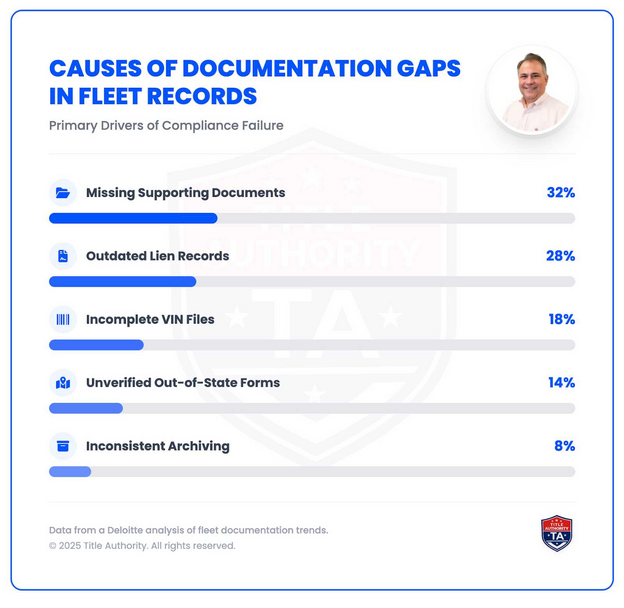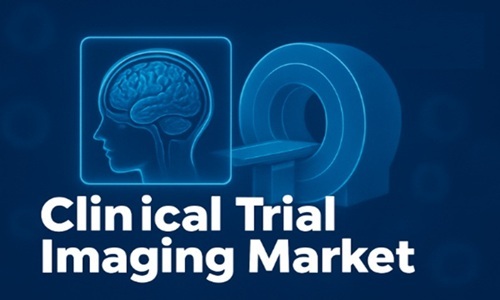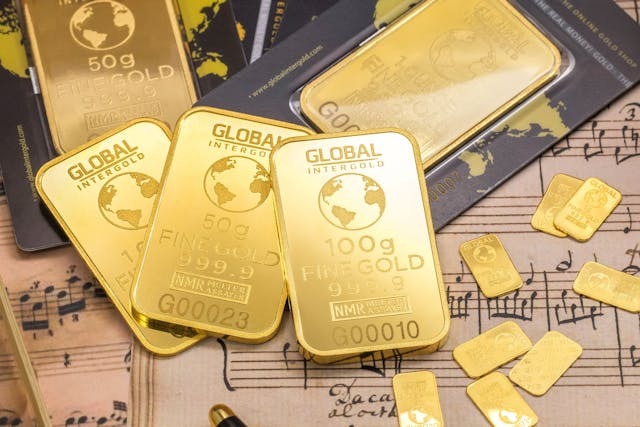Introduction
Knowledge is one of the most valuable assets in any organization. However, the way teams share, store, and access information has traditionally been riddled with inefficiencies. Employees waste countless hours searching for documents, digging through email threads, or recreating work that already exists. With the rise of artificial intelligence (AI), organizations are now able to streamline knowledge sharing, ensuring that employees can find the right information at the right time.
AI is transforming knowledge management by automating tedious processes, surfacing relevant information proactively, and making organizational knowledge more accessible. From intelligent search tools to AI-driven content recommendations, technology is changing the way teams collaborate and share insights. In this article, we’ll explore how AI is reshaping knowledge sharing and why businesses should embrace it.
How AI improves knowledge sharing
Traditional knowledge-sharing methods rely heavily on manual processes. Employees must create, categorize, and update documentation, often leading to outdated or redundant information. AI enhances these processes by introducing automation, intelligent search, and predictive recommendations.
Automating knowledge capture
One of the biggest challenges organizations face is ensuring that valuable knowledge is documented in the first place. Employees may not have the time or motivation to manually record every insight, leading to gaps in company knowledge. AI can help capture and organize information automatically by analyzing conversations, documents, and workflows.
For example, AI-powered tools can extract key takeaways from meetings, summarize lengthy documents, and suggest relevant resources based on past interactions. This reduces the burden on employees while ensuring that important knowledge is not lost.
Enhancing search functionality
Traditional search functions often rely on keyword matching, which can make it difficult to find relevant information. AI-powered search engines go beyond this by understanding context, intent, and even synonyms. Instead of employees struggling to find the right document or answer, AI surfaces the most relevant results instantly.
Advanced AI search tools can also integrate with multiple applications, pulling information from emails, cloud storage, and project management platforms. This creates a seamless experience, allowing employees to access knowledge without switching between tools.
Providing personalized recommendations
AI can analyze employee behavior and preferences to suggest relevant knowledge at the right time. Instead of requiring employees to actively search for information, AI-driven systems push useful content proactively.
For instance, if a new hire is onboarding, AI can recommend training materials, FAQs, and company policies based on their role. Similarly, if a sales rep is preparing for a client meeting, AI can surface past interactions, case studies, and product documentation that may be useful.
AI-powered collaboration and knowledge-sharing platforms
AI is not just enhancing search and automation—it’s also playing a key role in shaping modern knowledge-sharing platforms. Companies are increasingly adopting AI-driven tools to facilitate collaboration and ensure knowledge is accessible across teams.
AI-powered chatbots and virtual assistants
AI chatbots are becoming an essential tool for knowledge sharing. Employees can ask questions in natural language and receive instant responses, eliminating the need to sift through complex databases.
These virtual assistants can pull information from various sources, including company wikis, policy documents, and communication platforms. Over time, they learn from employee interactions, improving their ability to deliver accurate answers.
Intelligent content organization
Traditional knowledge bases often become cluttered with duplicate or outdated content. AI helps organizations maintain a well-structured repository by automatically categorizing information, detecting duplicates, and suggesting updates.
AI can also recognize when certain topics are frequently searched for but lack sufficient documentation. This allows knowledge managers to fill in gaps proactively, ensuring employees always have access to the information they need.
Real-time translation and accessibility
Global organizations face the challenge of knowledge sharing across different languages and regions. AI-powered translation tools enable employees to access information in their preferred language, breaking down communication barriers.
Additionally, AI can generate audio summaries or convert text-based knowledge into video content, making information more accessible for employees with different learning preferences.
The impact of AI on company culture
Beyond improving efficiency, AI-driven knowledge sharing also has a direct impact on company culture. When employees have easy access to the information they need, they feel more empowered and engaged.
Reducing knowledge hoarding
In some organizations, knowledge is unintentionally hoarded by specific individuals or teams. AI helps break down these silos by making information easily discoverable and shareable. Employees no longer need to rely on a few key individuals to access critical insights.
Encouraging continuous learning
AI-driven knowledge-sharing systems create an environment of continuous learning. By surfacing relevant content and insights in real time, employees are constantly exposed to new information. This fosters professional growth and keeps teams up to date with the latest industry trends and internal best practices.
Improving remote collaboration
With the rise of remote and hybrid work, AI-powered knowledge-sharing tools are essential for maintaining seamless collaboration. Employees working across different time zones can access knowledge on demand, reducing reliance on real-time communication.
AI-powered knowledge-sharing platforms to consider
As AI continues to reshape how organizations share knowledge, several platforms have emerged to address different business needs. For example, Quatalog provides AI-driven knowledge management solutions that integrate seamlessly with existing workflows, ensuring employees can access information effortlessly. Similarly, Jostle focuses on fostering employee engagement and collaboration through AI-enhanced knowledge-sharing tools.
When choosing an AI-powered knowledge-sharing platform, organizations should consider factors such as integration capabilities, user experience, and security features. The right platform should align with company goals and enhance existing processes rather than adding complexity.
Overcoming challenges in AI-driven knowledge sharing
While AI offers numerous benefits, there are challenges organizations must address to maximize its impact.
Ensuring data accuracy
AI relies on existing data to generate insights. If the underlying information is outdated or inaccurate, AI may surface incorrect recommendations. Organizations must implement verification workflows to ensure that AI-driven knowledge remains reliable.
Addressing employee concerns
Some employees may be hesitant to embrace AI due to concerns about job displacement or data privacy. Organizations should focus on AI as an enhancement rather than a replacement, emphasizing its role in improving efficiency and reducing manual workload.
Balancing automation with human expertise
AI can streamline knowledge sharing, but human expertise is still essential for context and decision-making. Organizations should strike a balance by leveraging AI to automate routine tasks while allowing employees to provide oversight and critical thinking.
Conclusion
AI is revolutionizing knowledge sharing by making information more accessible, reducing inefficiencies, and fostering collaboration. From automating knowledge capture to delivering personalized recommendations, AI-powered systems ensure that employees can find what they need when they need it.
By adopting AI-driven knowledge-sharing platforms, businesses can enhance productivity, improve employee engagement, and create a culture of continuous learning. While challenges such as data accuracy and employee adoption must be addressed, the benefits far outweigh the drawbacks.
As AI technology continues to evolve, organizations that embrace intelligent knowledge-sharing solutions will be better positioned for success. Investing in AI is not just about improving efficiency—it’s about empowering employees with the information they need to do their best work.




















